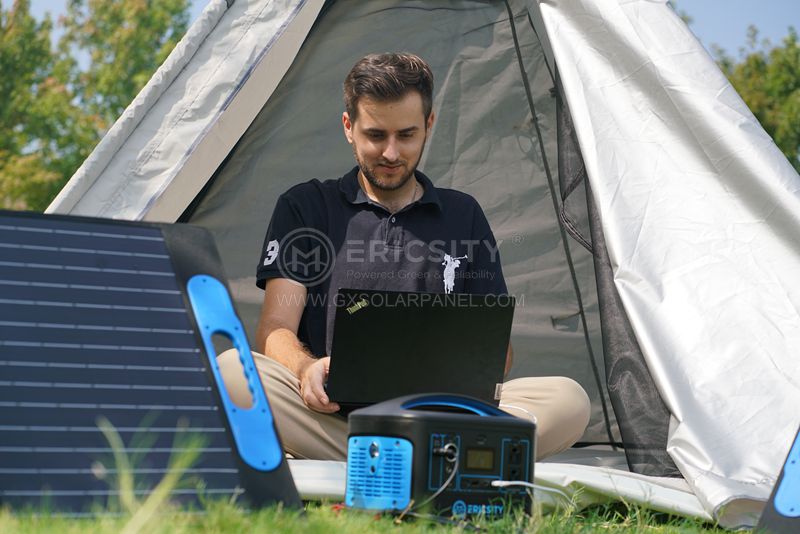HOT PRODUCT
Product Details
semi-flexible Solar Panels For Schools And Education
Title: Semi-Flexible Solar Panels for Schools and Education
Introduction
As the world continues to grapple with climate change and environmental degradation, countries and communities are increasingly turning to renewable energy sources as a sustainable solution. Solar power, in particular, has emerged as a viable option due to its abundance and accessibility. An innovative development in this field is the emergence of semi-flexible solar panels, which have great potential for application in schools and educational institutions. This article will explore the benefits and practicality of utilizing semi-flexible solar panels in the education sector.
Understanding Semi-Flexible Solar Panels
Semi-flexible solar panels incorporate lightweight and thin-film solar cells, which are usually made of materials such as amorphous silicon or cadmium telluride. This design allows the panels to be flexible to some extent, making them ideal for a variety of installations. These panels are highly efficient and can produce electricity even in low light conditions, offering a significant advantage over traditional rigid solar panels.

Benefits for Schools and Education
1. Sustainability Education: Incorporating semi-flexible solar panels in schools provides educators with an excellent opportunity to raise awareness about renewable energy sources and the impact of fossil fuels on the environment. These panels can be used as educational tools, enabling students to understand and witness firsthand how solar energy is harnessed and converted into electricity.
2. Reduced Energy Costs: Educational institutions often have high energy consumption due to lighting, heating, and air conditioning systems. By installing semi-flexible solar panels, schools can offset a significant portion of their energy demand and reduce electricity bills. This cost-saving measure allows institutions to allocate more funds towards improving the quality of education and enhancing student experiences.
3. Resilience and Emergency Preparedness: During power outages, schools can often be left without electricity, impacting their ability to function effectively. By integrating semi-flexible solar panels, schools can secure a reliable and independent energy source. This resilience contributes to more efficient continuity of crucial school operations, even during emergencies.
4. Practical and Efficient Installation: Unlike rigid solar panels, semi-flexible solar panels offer greater design flexibility, easily adapting to various surfaces, such as curved roofs, facades, or even portable structures like tents and canopies. This versatility allows schools to optimize their available space to maximize energy production capabilities. Furthermore, the lightweight nature of these panels simplifies installation, making it faster and less costly.


5. Engaging Students: Installing semi-flexible solar panels on school grounds can engage students in practical, hands-on learning experiences. Schools can develop interactive workshops, allowing students to monitor solar generation, track energy consumption, and analyze the data collected. This active involvement inspires curiosity and promotes critical thinking skills, fostering a passion for environmental stewardship and renewable energy.
Conclusion

The integration of semi-flexible solar panels in schools and educational institutions represents a significant step towards sustainable energy usage. These panels offer numerous advantages, including sustainability education, reduced energy costs, enhanced resilience, versatile installation options, and student engagement. By harnessing the power of the sun, schools will not only reduce their carbon footprint but also provide their students with valuable knowledge and experiences promoting a greener future.
In conclusion, semi-flexible solar panels present an exciting opportunity for schools and education to lead by example and educate future generations about the importance of renewable energy sources in mitigating climate change. By embracing this technology, educational institutions can establish themselves as pioneers in sustainable practices, ultimately contributing to a more environmentally conscious society.




